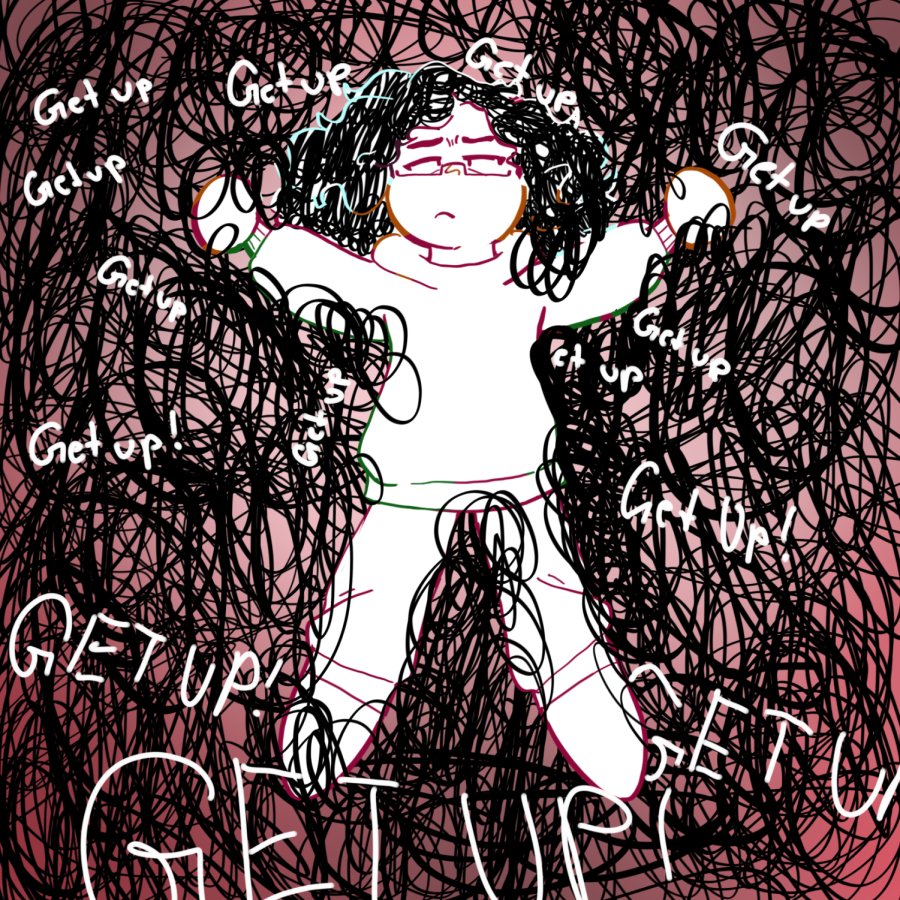Common Misconceptions of ADHD
Nicole Garcia-Pantoja illustrates how individuals with ADHD are commonly misconceived.
February 13, 2023
When ADHD comes to mind, people think of hyperactivity, never staying still, impulsiveness, and acting rashly. While these types of behaviors are most commonly seen in young boys, ADHD is so much more complex than that.
ADHD, short for Attention Hyperactivity Deficit Disorder, is a chronic condition that consists of difficulty maintaining focus, hyperactivity, and impulsiveness. People think that ADHD is only those symptoms alone, but there’s other behaviors within ADHD that many that don’t know about. Thanks to recent research, ADHD has gained more attention than ever before.
There are three types of ADHD including the inattentive, hyperactive-impulsive, and combined types. The Centers for Disease Control and Prevention states that Inattentive ADHD folks get easily distracted and find it hard to properly organize or finish a task, complete a project, or follow instructions. They can be quite forgetful and lose things that they just had a minute ago. For example, placing down a pencil and forgetting where they put it a second ago or trying to find their phone that’s in their hand.
Hyperactive-Impulsive ADHD individuals can’t sit still and often act without thinking. They can also talk excessively, often finding themselves interrupting others and talking at the wrong time. Those with the combined type of ADHD have almost, if not all, of the symptoms from both hyperactive-impulsive and inattentive types.
Due to ADHD gaining more recognition, it’s been discovered that ADHD is more common than was previously realized. From Centers for Disease Control and Prevention data, “ 3–5 years: 265,000 (2%), 6–11 years: 2.4 million (10%), and 12–17 years: 3.3 million (13%)” US children are diagnosed with ADHD.
Most individuals don’t think of ADHD as a legitimate struggle for many people, and some think it’s fake. Many are quick to say that undiagnosed people are just lazy or they believe there’s something wrong with them, but don’t know exactly why.
An MIA junior, who asked to remain anonymous, was diagnosed with ADHD a couple of months ago. She discussed what the struggle was like before she knew she had ADHD, and how it all became clearer when she was finally diagnosed.
“Being a girl with ADHD presents different symptoms, with my high grades many people just thought I was lazy involving school work. I found ways to focus, but others would give me a hard time because it wasn’t the normal way. That definitely impacted me mentally,” she said. “I definitely knew I was different, just not how.”
She was asked how she felt when she was diagnosed, after being met with criticism and judgment for so long.
Like her and many others who have been diagnosed with ADHD, she found ways that worked efficiently with school and home, even without the use of medication.
Some individuals diagnosed with ADHD that don’t use medication hone coping skills and efficient ways for years to have a system that works best for them. Some others may need medication for their ADHD. They can use either stimulants, which act fast on symptoms, or non-stimulants, which don’t act as quickly as stimulants, but they can last up to 24 hours.
An MIA senior who also asked to be kept anonymous was interviewed. She exclaimed that keeping focus is a struggle and she often keeps herself busy by making lists of things to do. She also gets an extra boost of help from taking medicine designed to help manage symptoms of ADHD.
Many more people need to understand that ADHD isn’t an excuse, but an everyday struggle. This is a more open-minded world where ADHD shouldn’t be downplayed anymore.








